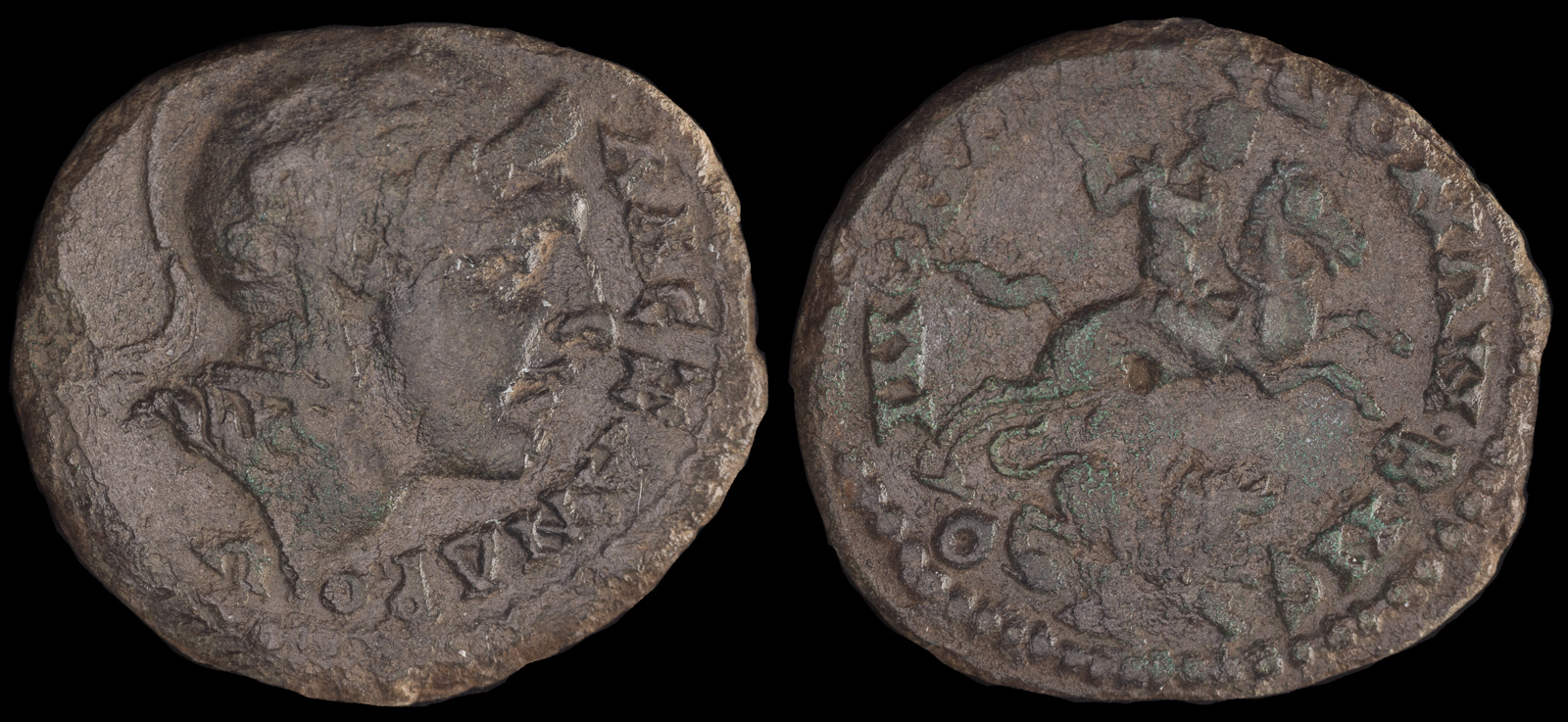Lion
View All Tags
In Anatolia, lions were revered as symbols of kingship and divine power, frequently appearing in Hittite, Lydian, and Phrygian art and architecture. Carvings of lions adorned city gates, temples, and royal palaces, serving as guardians and emblems of authority. For example, the famous Lion Gate at the Hittite capital of Hattusa (modern-day Turkey) dates to the 14th century BCE and features lion sculptures that symbolized protection and strength.
Lions also played a role in Anatolian mythology, where they were often associated with deities. The Phrygian goddess Cybele, a mother goddess of nature and fertility, was frequently depicted with lions at her side. These images emphasized her dominion over wild animals and the untamed forces of nature.
In Greece, lions were largely known through cultural exchange, mythology, and encounters during travels to the east. They became prominent in Greek art and storytelling, symbolizing power and heroism. The lion’s image was immortalized in the Nemean Lion, a fearsome creature slain by Herakles as the first of his Twelve Labors. This myth emphasized the lion’s strength and invulnerability, as its hide was said to be impervious to weapons, requiring Herakles to strangle it with his bare hands.
Lions were also depicted on Greek pottery, coins, and sculptures, often as guardians or symbols of divine protection. For instance, monumental lion statues were placed at gravesites to honor the deceased, reflecting their strength and nobility in life. The Lion of Amphipolis, a large funerary sculpture in northern Greece, is a notable example of this tradition.

Alexander riding Bukephalos 238-244 CE
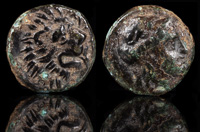
Antandros, Troas 350-340 BCE
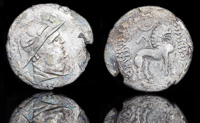
Arsiles 1st century BCE
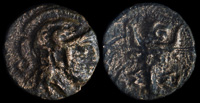
Assos, Troas 350-300 BCE
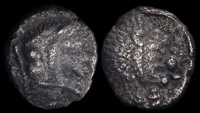
Baktria 4th century BCE
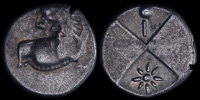
Chersonesos, Thrace 386-338 BCE
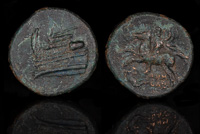
Demetrios Poliorketes 300 BCE
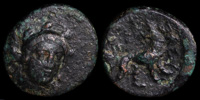
Eleutheria, Mysia 4th century BCE

Gordian III 238-244 CE

Herakleia Trachineia, Thessaly 370-344 BCE
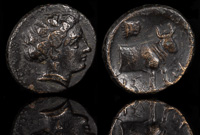
Histaia, Euboia 338-304 BCE
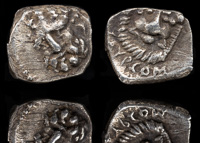
Isaura Palaia 335-325 BCE
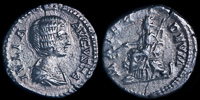
Julia Domna 205 CE
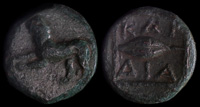
Kardia, Chersonese 309-220 BCE

Kardia, Chersonese 350-309 BCE
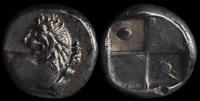
Kardia, Chersonesos 357-320 BCE
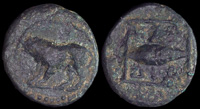
Kardia, Thrace 350-309 BCE

Knidos, Caria 350-320 BCE
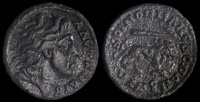
Koinon of Macedon 238-244 CE

Komama, Pisidia 1st century BCE
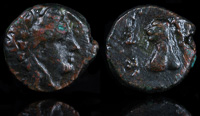
Leon of Paeonia 278-250 BCE

Lion Advancing with club 231-235 CEMost of the Koinon of Macedon coins were minted roughly ten years later than this one.

Lion Advancing with club 238-244 CE

Lykkeios 359-335 BCE
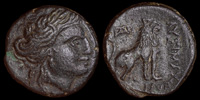
Lysimachia, Thrace 309-220 BCE
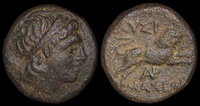
Lysimachos 323-305 BCE
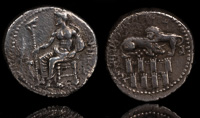
Mazaios 361-334 BCE
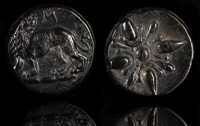
Miletos 350-325 BCE
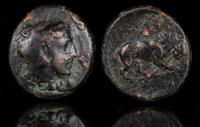
Perdikkas III 365-359 BCE
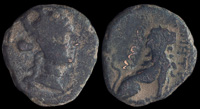
Pessinos, Galatia ca 20 BCE
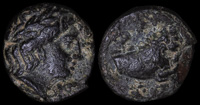
Phagres, Macedon 400-350 BCE
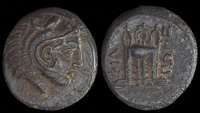
Philippi, Macedon ca 356-345 BCE
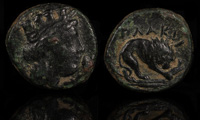
Plakia, Mysia 4th century BCE
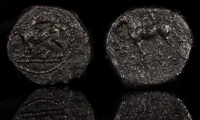
Pumiathon of Kition 362-312 BCE
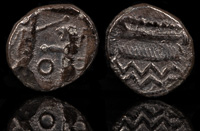
Samaria 375-333 BCE
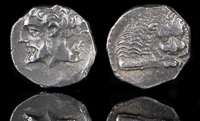
Samaria 375-333 BCE
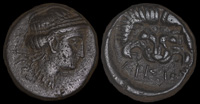
Samos, Ionia 310 BCE

Sanballat 375-333 BCE
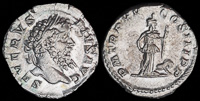
Septimius Severus 207 CE
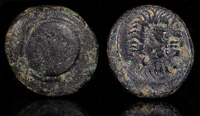
Stasioikos II of Marion 330-312 BCE
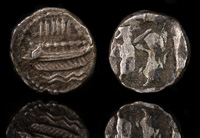
Straton of Sidon 337/36 BCE
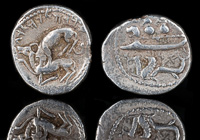
Urimilk III of Byblos 333 BCE
